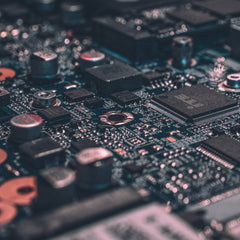This is part 1 of our 5 part series: 10 Internet of Things (IoT) Design Considerations
- Part 2: Features and User Interface
- Part 3: Power and Size
- Part: 4: Antenna and Cloud
- Part 5: Interoperability & Security
1. Cost
Connecting products to the Internet of Things (IoT) is essential to manufacturers looking to stay competitive within their industry. Adding IoT capabilities gives consumers more features. It also allows the manufacturer to stay connected with their customer while discovering new product use cases and applications that open them up to new revenue streams. These added benefits for both parties come with a cost though. Connected devices come with higher manufacturing costs but can also be sold with a higher price tag as well.
Wi-Fi and Ethernet connections can be added to products for less than $10 in bill of materials costs. Other technologies, such as ZigBee, Z-Wave and Bluetooth, can be added for a lower price but may require a separate bridge device to get that device on the Internet to access Cloud services.
2. Network
Manufacturers have many hardware and software options when it comes to network technology for their IoT-enabled products. Some devices can be directly connected to the Internet using networking such as Ethernet and Wi-Fi, which are based on the Internet protocol suite (TCP/IP). Other products may use wireless technologies; some of which include TCP/IP, but in the end will require a “gateway” to convert the chosen network to either Ethernet or Wi-Fi. Some of the many technologies available include:








